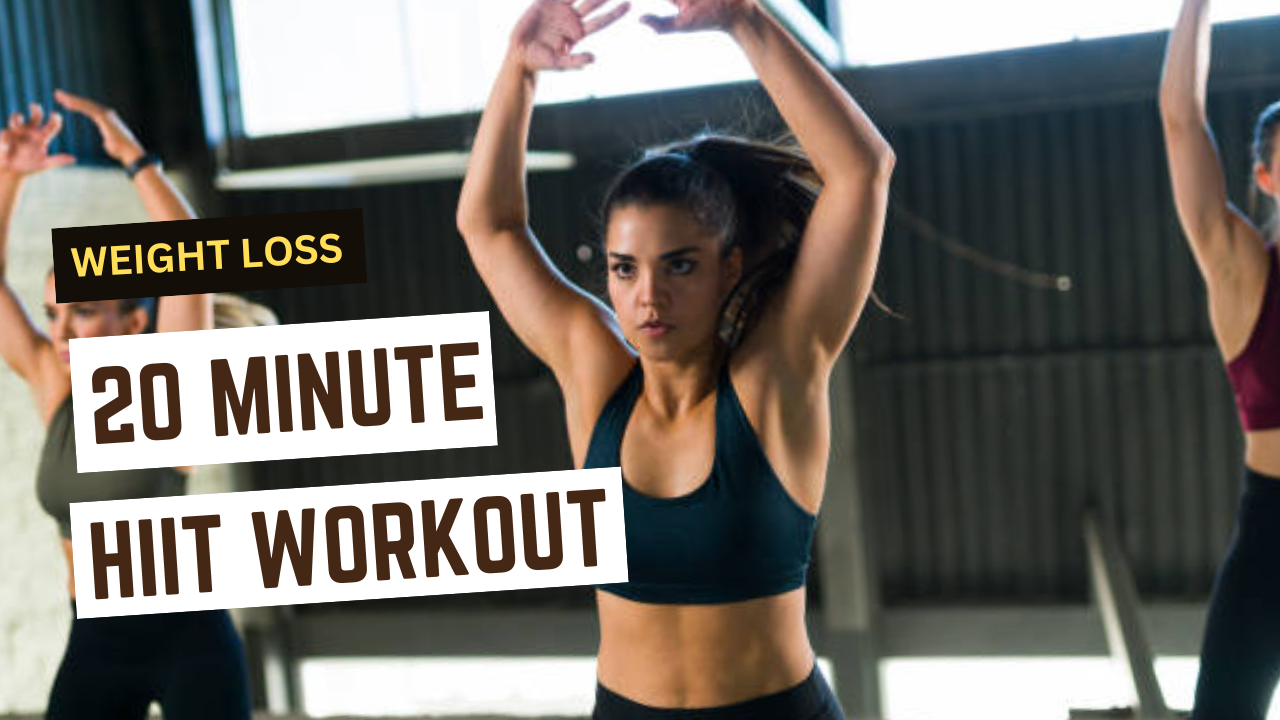A 20 Minute Workout Everyday Is All You Need For Effective Weight Loss- Know How To Get Started With HIIT

SummaryA daily 20-minute HIIT workout can effectively aid in weight loss by maximizing calorie burn, boosting metabolism, and preserving muscle mass. Consistency and intensity are crucial for success, here's how.
End of Article
